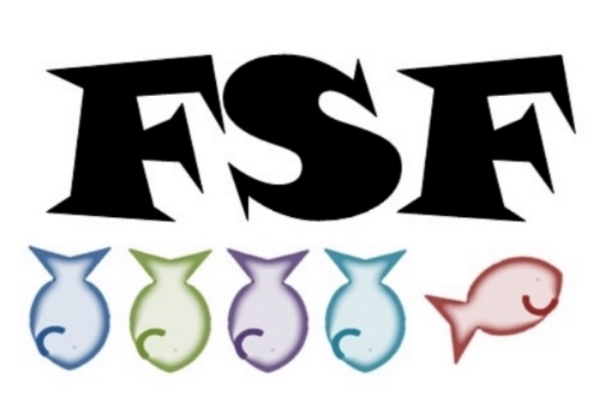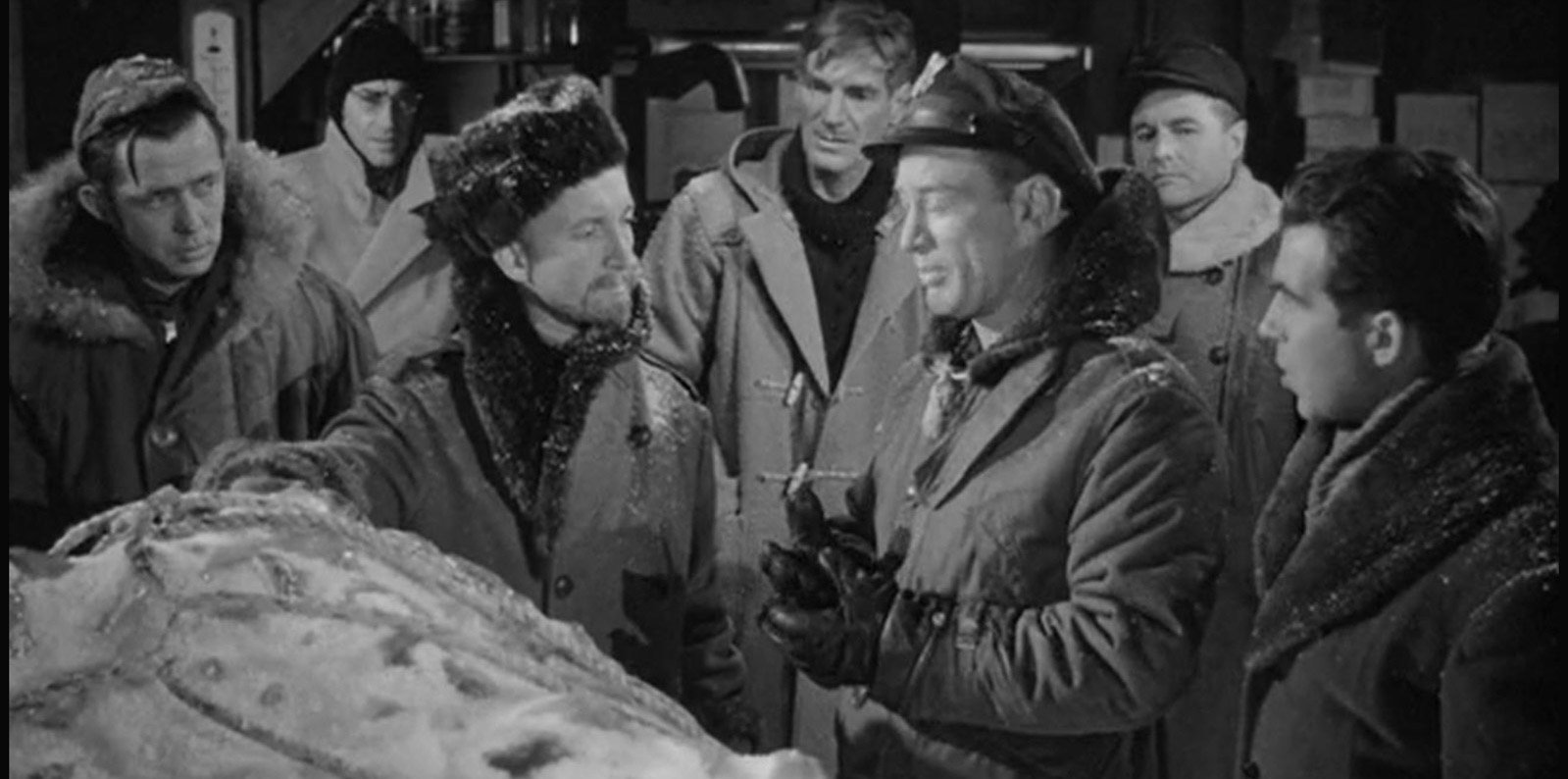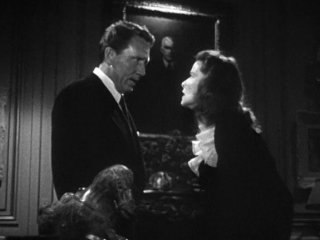You know The Thing - the cult classic John Carpenter film which is a must for all horror movie collectors? This is not that. But it did inspire that film. In turn, all of this was inspired by a short story by John W. Campbell Jr. from a science fiction pulp magazine.
Ned Scott (called Scotty) is a journalist invited to interview a team of scientist and military personal stationed at North Pole. Weirdly, the air force led by Captain Pat Hendry greatly outnumber the men there for the sake of science. Maybe I miscounted, but maybe the science team just didn’t have as many lines of dialogue, other than Dr. Carrington and his secretary Nikki. The other aspect of the film even more unbelievable than the alien life form determined to destroy the men and women is how thin their clothing is! No one should have survived in those clothes!
Scotty is overwhelmed when the team find a flying saucer trapped in the ice. They free it, only for the object to escape, living behind a large, human-like form in a giant ice cube. It really does kind of look like an ice cube at first, then looks longer when they thaw it out some. As this is a horror movie, I don’t want to give away very much since so many people have not seen it. Understand that is WAY different than the John Carpenter movie, but it has some good jumps. Also, the alien is played by the guy from Gunsmoke, so I just kept yelling at the screen, “Marshall Dillon! Marshall Dillon”.
Therefore, I’m just going to focus on Scotty. At first, he is angry that no one will let him radio the story of the UFO and creature back to his editor. Really? He can read his editor from the North Pole? That is a good radio. This leads into an argument about protection of the people by the government versus the first amendment. Second, everyone teases Scotty about how gruesome his news story will have to me and he confesses to being pretty desensitized. He does not use these words, but almost jokingly explains how he got to see a couple executed by electric chair (an event really did happen some 20 years earlier). Lastly, when the creatures start killing people and (spoiler/trauma alert) sled dogs, Scotty lets go of his argument to focus on the problem at hand. He is not so obsessed with the “un-gettable story” as he is with helping to solve the crisis. At the end of film, he gets to have the last words because, after it all is over, it’ll be his job to share the encounter and convince the world that what they saw was real.





